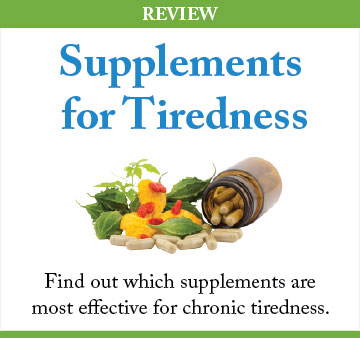Could Calcium Deficiency Be Causing Your Fatigue?
Though calcium is prevalent in food, calcium deficiency remains a remarkably common condition. For many people, low calcium can be a contributing factor in a number of medical conditions and fatigue.
Among all of the vitamins and minerals that can cause fatigue when a deficiency is present, calcium is one that is often overlooked. In large part, that is probably due to the fact that it is a mineral that is seemingly everywhere. Many food products proudly advertise that they are “calcium-fortified,” and some of the basic staples of life in the developed world contain calcium as a matter of course. Despite that prevalence, however, tens of millions of people suffer from this deficiency.
What is Calcium and How Does it Benefit You?
As the most well-represented of all minerals in the human body, it is only natural that adequate daily intake of calcium would be essential for health. This mineral promotes good bone health, but it also contributes to the health of the nerves, the muscles, and the heart. What many people do not realize is that calcium also has a role in blood pressure maintenance, clotting, and securing the digestive system against the threat of cancer. It has also been linked to more consistent mood and a reduction in food cravings.
A calcium deficiency can lead to fatigue, as the health of bones, muscles, and nerves are compromised. In addition, many people with low calcium levels experience a loss of appetite, which results in a reduced consumption of the nutrients the body needs for energy production.
How Do You Know if You Suffer From Calcium Deficiency?
When your body lacks the calcium it needs, a variety of symptoms can afflict you. These range from fatigue to tingling in the extremities, cramps, and a loss of appetite. Severe deficiencies can result in osteoporosis and other medical conditions.
How to Diagnose Calcium Deficiency
If you find that you are exhibiting signs of deficiency, contact your doctor and ask for a diagnosis. He or she can review your medical history and take blood samples to assess the level of calcium in your body. Tests are also typically conducted to track the health of the kidneys and measure phosphate, vitamin D, and magnesium.
Food Sources for Calcium
Dairy products remain the best source for calcium, as most people can meet their needs with just a couple of glasses a day. However, you can also get calcium from other foods like salmon, sardines, cereals, broccoli, kale, and other greens. In addition, many different types of food are now fortified with calcium – though many of those sources are more difficult for the body to properly utilize.
How to Supplement Calcium
Women should aim for a total intake (diet and supplements) of around 1200 mg each day. Most experts caution men against supplementing, and instead suggest that they aim for about half that intake – all from dietary sources. The smallest children need about 4300-800 mg, while adolescents require between 800 and 1200 mg.
Many people assume that the wide variety of calcium-containing foods means that they are unlikely to develop this deficiency. In theory, that assumption would seem valid. In reality, however, the percentage of people who suffer from low levels of calcium is enormous. By some estimates, more than half of all North Americans have low levels of usable calcium!
Potential Side Effects and Interactions
As anyone who drinks milk understands, constipation can result from increased levels of calcium in the diet. The same holds true for supplementation. When calcium enters the blood, it can cause appetite issues, excitation of the urinary tract, nausea, and vomiting. Severe side effects rarely occur, but can include confusion, kidney toxin buildup, and erratic heartbeats.
To absorb calcium properly, you need vitamin D. So when supplementing, always consider how those two vitamins interact with one another when you set your dosage.
You might also be interested in:
- Drink Your Milk: The Lesson of Calcium Deficiency Disease. http://www.healthline.com/health/calcium-deficiency-disease#Symptoms3
- Hypocalcemia (Low Level of Calcium in the Blood). http://www.merckmanuals.com/home/hormonal-and-metabolic-disorders/electrolyte-balance/hypocalcemia-low-level-of-calcium-in-the-blood
- Calcium Deficiency. http://www.healthgrades.com/conditions/calcium-deficiency
- Calcium. http://www.drweil.com/drw/u/ART02814/calcium
- Calcium. http://www.webmd.com/vitamins-and-supplements/lifestyle-guide-11/supplement-guide-calcium












.jpg)






Leave a comment